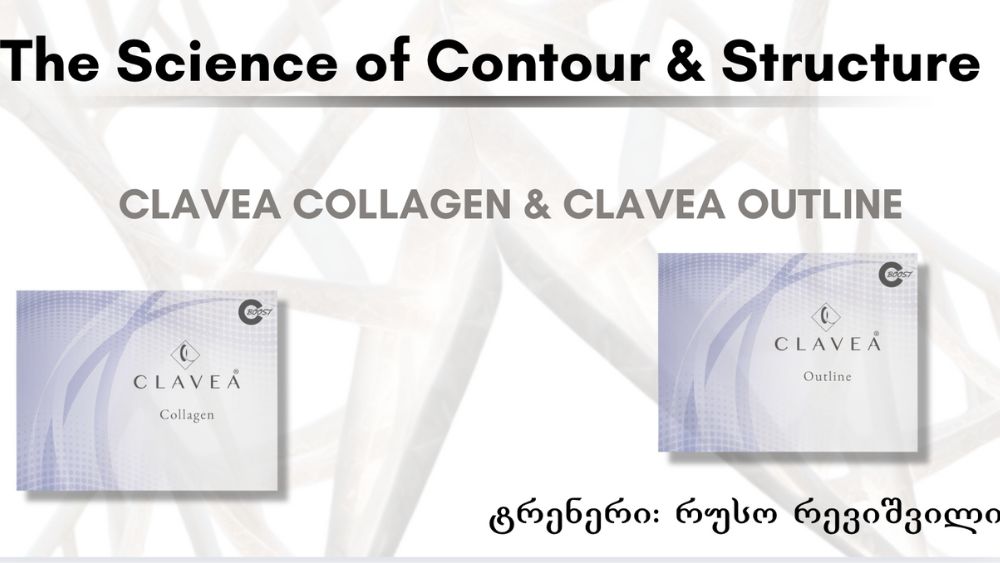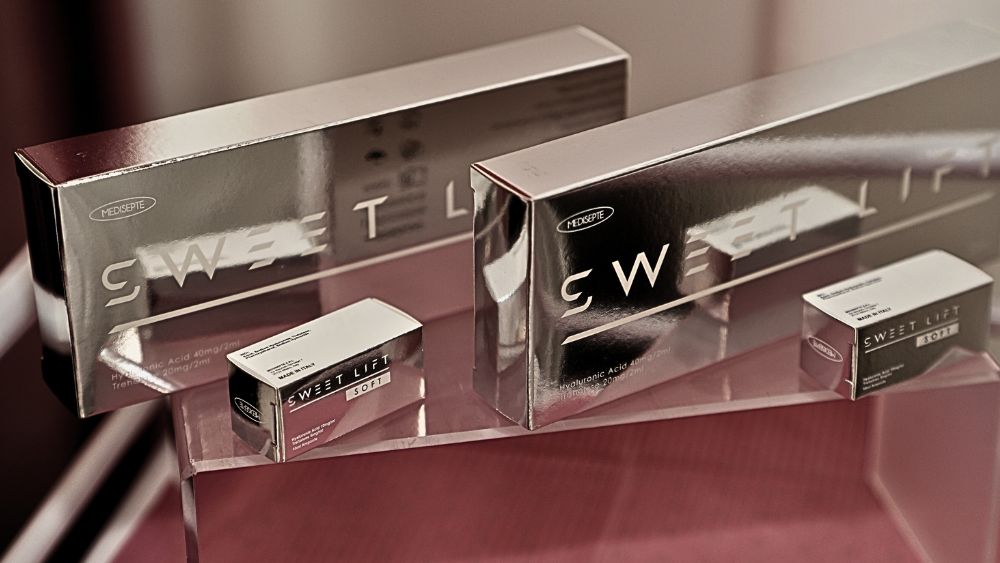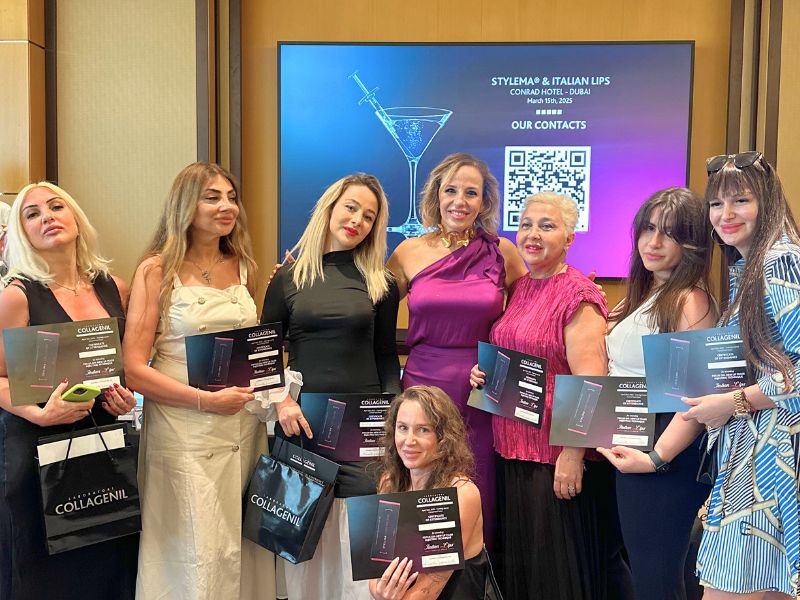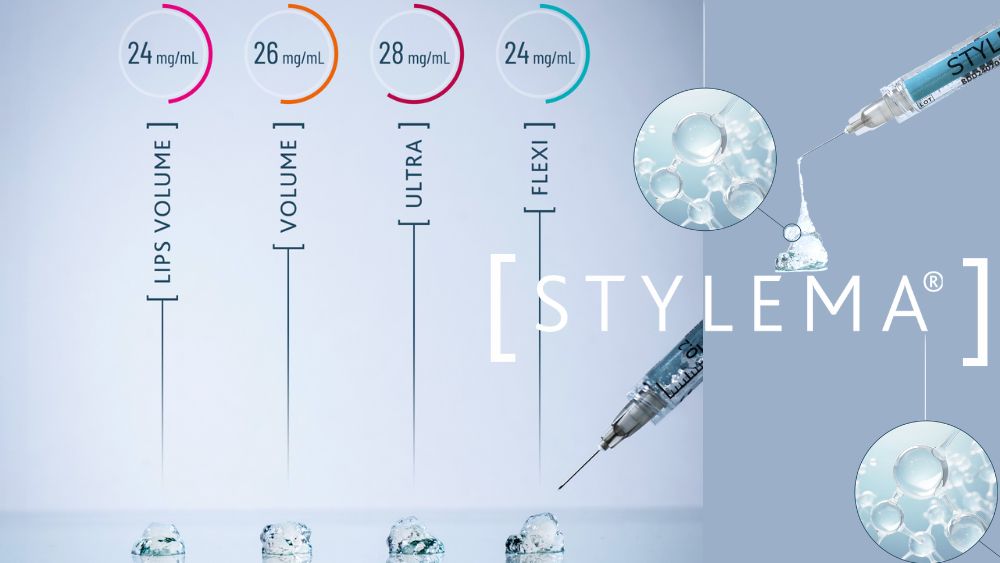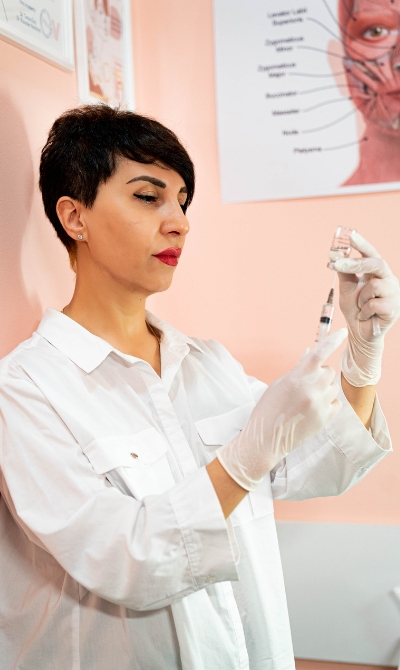 Interview with Dr. Rusudan Abzianidze
Interview with Dr. Rusudan Abzianidze
Pediatrician, Dermatovenerologist, Cosmetologist
Introducing Clavea Polynucleotides
A unique, innovative complex that combines polydeoxynucleotides (hydrolyzed DNA and RNA) with active ingredients such as mannitol, propylene glycol, sodium hyaluronate, niacinamide, vitamin B3, argireline, acetylhexapeptide-8, sodium phosphate, and vitamin B1.
Dr. Abzianidze, could you explain to our readers what polynucleotides are?
Polynucleotides are nucleic acids, which are biopolymers formed by chains of nucleotides. These nucleotides consist of a nitrogen base, a carbohydrate residue, and a phosphate group. Simply put, polynucleotides (also known as PDRN—polydeoxyribonucleotides) are the structural components of DNA in its hydrolyzed form.
PDRN represents one of the most innovative and promising directions in aesthetic medicine. It's a cutting-edge method for facial and body tissue rejuvenation, focusing on restoring intercellular spaces using polynucleotide-based preparations. These nucleic acids have a powerful ability to activate regeneration and promote cell division. Derived from DNA and RNA, they come in two types: ribonucleic acid (RNA) and deoxyribonucleic acid (DNA).
How do polynucleotides work?
Once introduced into the body, PDRN replaces damaged cell fragments and stimulates the synthesis of new ones. They significantly boost cellular metabolism, aiding in cell recovery and division. As a result, the skin starts producing its own hyaluronic acid and young fibroblasts. Additionally, polynucleotides bind free radicals, offering protection from UV radiation, and contribute to overall skin repair and rejuvenation.
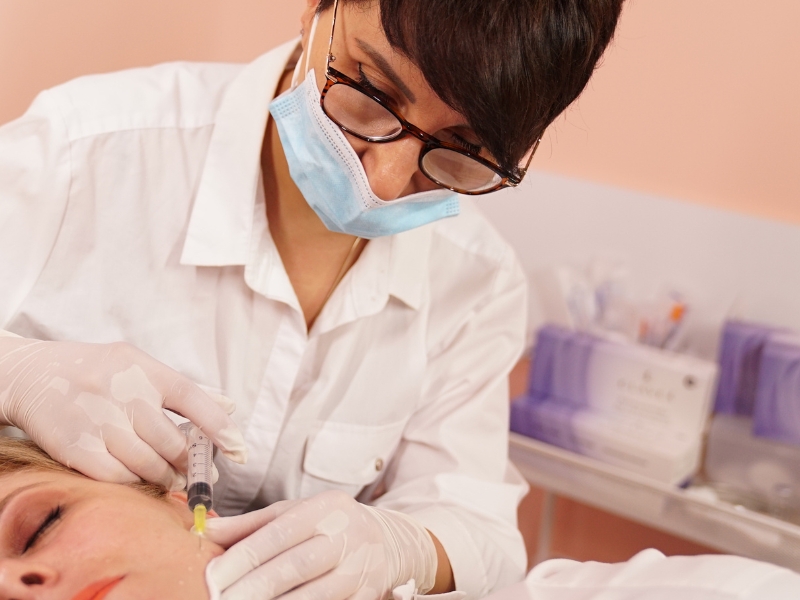
- How are polynucleotides produced?
Polynucleotides are derived from herring milk, specifically DNA fragments, because they closely resemble human DNA. This process is high-tech and ensures safety. The PDRN (polydeoxyribonucleotides) extracted this way contains no genetic information, proteins, or peptides, making it completely safe for our body. The efficacy of PDRN depends on the structure and length of the extracted DNA chains and the method of producing the biorepairant. The higher the concentration, the more pronounced the effects.
- What is the mechanism of action of PDRN?
When a DNA fragment containing Clavea PDRN enters the intercellular space, the body perceives it as a sign of cellular damage. DNA should normally remain within the cell nucleus, so its presence outside signals the need for repair. This triggers a cascade of responses, including activation of A2A adenosine receptors, which stimulates fibroblast proliferation. These fibroblasts are then prompted to produce elastin and collagen, essential for skin repair and elasticity.
PDRN also has anti-inflammatory properties, improves tissue nourishment (trophism), and regulates the function of melanocytes, which are responsible for skin pigmentation.
- What is the difference between biorevitalization with PDRN and pure hyaluronic acid?
While both procedures have rejuvenating effects, they differ in how they work. Hyaluronic acid primarily hydrates the skin and activates fibroblasts, leading to increased collagen and elastin production. On the other hand, PDRN focuses on stimulating metabolic processes, promoting cell repair, and enhancing cell division. It encourages the skin to produce its own keratinocytes, fibroblasts, and hyaluronic acid. Polynucleotides also help increase skin volume and provide a longer-lasting reparative effect.
The combination of these internal processes contributes to a lifting effect that becomes noticeable after a few days and lasts longer than traditional hyaluronic acid treatments. Clavea’s polynucleotide complex also includes hyaluronic acid for added hydration and rejuvenation.
- What are the main features of PDRN?
The primary goal of polynucleotides is to stimulate collagen production in the skin. They act as "neocollagenesis stimulators" and offer multiple benefits, including:
- Tissue repair and regeneration
- Increased production of collagen, elastin, and other skin molecules by fibroblasts
- Improved vascular function and accelerated skin metabolism
- Regulation of pigmentation and melanocyte function
- Reduction of inflammation, helping to treat conditions like acne and rashes
- Enhanced skin elasticity and hydration, particularly when combined with hyaluronic acid
- Strengthened vascular walls, reducing rosacea and improving angiogenesis
- General skin improvement, including better tone, smoother texture, and reduced wrinkle depth
- Protection from UV-A and UV-B rays
- Neutralization of free radicals with antioxidant effects
- What additional active ingredients are in Clavea polynucleotides?
Clavea’s polynucleotides include several powerful active ingredients:
-
Niacinamide: A water-soluble form of vitamin B3, known for its ability to combat acne, pigmentation, and signs of aging, further enhancing the formula’s effectiveness.
-
Mannitol: Prolongs the effects of the treatment, neutralizes oxidative damage, has anti-inflammatory properties, and reduces swelling.
-
Argireline: A synthetic peptide that mimics the effects of Botox by inhibiting muscle movement. It also promotes elastin and collagen production, helping the skin retain moisture and preventing wrinkles.
This combination of ingredients makes Clavea polynucleotides a highly effective solution for skin rejuvenation and repair.
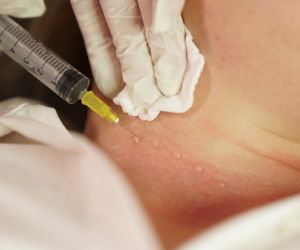
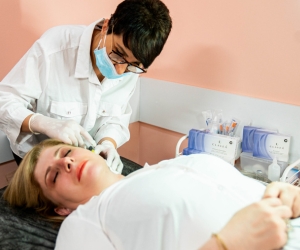
Practical Use of Polynucleotides in Cosmetology
Polynucleotides have a wide range of applications in aesthetic medicine, making them indispensable when patients seek high-quality skin rejuvenation. Whether addressing early signs of aging or providing more advanced rejuvenation for older patients, PDRN offers a comprehensive solution.
Polynucleotides are particularly effective in treating the delicate area around the eyes, where the first visible signs of aging—fine wrinkles, dark circles, and loss of elasticity—tend to appear. Many patients prefer not to use fillers or other treatments in the periorbital area due to concerns about "puffiness" or insufficient tissue elasticity. In such cases, biostimulants like polynucleotides present a natural, non-invasive alternative for anti-aging therapies.
Polynucleotides can also rejuvenate the skin of the hands, neck, décolleté, and face. The speed and visibility of results depend on the skin’s condition and the patient's age. For instance:
- Around the eyes: Results can be seen quickly, with tissue stimulation continuing for up to 12 weeks, gradually improving over time.
- Face, neck, décolletage: Results, including increased elasticity and improved skin quality, are typically visible within a week.
Safety and Effectiveness of Polynucleotide Injections
Polynucleotide products are safe and highly effective. They do not cause allergic or immune reactions because they are carefully separated and purified at high temperatures to remove any foreign proteins, vitamins, and amino acids. This makes them an excellent option for patients seeking gentle but effective anti-aging treatments.
How Often Should Polynucleotides Be Used?
Polynucleotides are administered into the mid-dermis, and the specific treatment plan is customized by a cosmetologist for each individual case. A typical course consists of 3-4 procedures, spaced approximately two weeks apart. Treatment areas can include the face, neck, décolleté, chest, hands, and the sensitive area around the eyes.
Product Details
The polynucleotides are available in 10 ml ampoules.
Learn more about the product here.
For those who prefer video content, stay tuned for more visual updates ❣ ⬇



